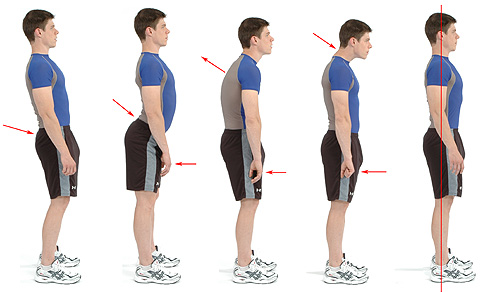Modern technology is no longer just for communication or entertainment — it now works for our physical health.
Spending long hours at a computer, bending over a phone, or living a sedentary lifestyle leads millions of people to experience postural imbalance and spinal misalignment.
“In modern life, sedentary behavior has become the leading cause of new-generation spinal problems.” — Harvard Health Publishing
At this point, AI-powered posture devices come into play.
Unlike traditional back braces or posture correctors, these smart devices help users develop natural posture awareness without restricting body movement.

What Are Smart Posture Devices and How Do They Work?
Traditional back braces support the spine externally and keep the body stable.
However, long-term use can weaken muscles.
“Muscles weaken when not used, but with the right stimulation, they can be retrained.” — Stanford Ergonomics Lab
Next-generation smart posture correctors work differently.
For example, Kodgem Straight uses sensors to analyze your shoulder, neck, and back angles.
When your posture deviates, the device sends a gentle vibration to remind you to straighten up.
Over time, this helps develop muscle memory, spinal stability, and postural awareness.
“Wearable posture technology is turning physical awareness into digital intelligence.” — MIT Technology Review
Why AI-Based Posture Devices Represent the Future
AI-powered posture devices don’t just measure posture — they learn from the user and provide personalized feedback.
Kodgem Straight analyzes daily posture data and identifies when and where posture breakdowns occur most frequently.
“Artificial intelligence has entered a new era in understanding human behavior. Technology now knows us better than we know ourselves.” — Forbes Tech Insight (2025)
This enables the creation of a personalized posture training plan, acting like a digital posture coach.
For those who work long hours at a desk, the AI-powered posture device supports proper alignment and helps significantly reduce neck and back pain.

Smart Posture Sensors and Digital Tracking
Modern posture technology relies not only on the device but also on mobile applications.
These apps allow users to track their progress, posture reminders, and daily improvement statistics.
“Small cues can lead to big behavioral changes.” — Behavioral Science Journal
Some devices use motion sensors or even camera-based tracking to analyze your sitting position.
When posture deteriorates, the device vibrates or sends a notification — gradually helping you build automatic posture correction habits.

Support Technology with Exercise
Technology is an incredible aid, but muscle strength and regular exercise are essential for lasting results.
Experts recommend combining posture devices with simple back and neck exercises.
“The most effective way to correct posture is through the cooperation of awareness and muscular strength.” — American Physical Therapy Association
Example exercises:
- Plank – strengthens the core and back muscles.
- Cat-Cow Stretch – increases spinal flexibility.
- Shoulder Opener – realigns shoulder posture.
When performed alongside an AI-powered posture device, these exercises promote long-term postural improvement.
“Intervention-based habits significantly increase physical activity consistency.” — Behavior Change Studies (2022)
What Does the Future Hold?
Experts predict that by 2030, AI-driven posture technologies will revolutionize the personal health market.
With advancements in wearable technology, devices will analyze personal body data and generate individualized posture goals.
“The future of health technology lies in shaping human behavior through personalized solutions.” — World Health Innovation Report (2024)
Soon, integrated smartwatch posture systems will provide real-time posture awareness throughout the day.
Conclusion: Technology Is Changing the Way We Stand
The smart posture devices of the future do more than correct your spine — they reshape your habits.
Kodgem Straight merges technology with wellness, enhancing both physical and mental awareness.
“Standing tall isn’t just physical — it’s a posture of confidence.” — Dr. Amy Cuddy, Harvard University
A straight posture isn’t just about appearance — it’s about confidence, energy, and quality of life.
And now, all you need to achieve that awareness is a smart posture assistant.




Leave a comment
This site is protected by hCaptcha and the hCaptcha Privacy Policy and Terms of Service apply.